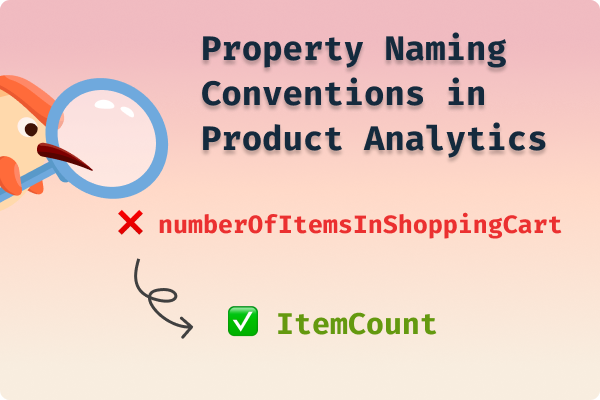The journey from idea to product launch can be daunting, yet it is one of the most critical processes for any product manager. The product management lifecycle is a structured approach to ensure the right product is built and successfully launched in the market. This lifecycle involves everything from identifying a real customer problem to ensuring the product reaches its target audience. In this blog, we’ll break down each stage of this lifecycle and provide a roadmap for how to navigate it effectively.
(1) Ideation Stage
Everything starts with an idea. But not every idea is worth pursuing. The ideation stage is where you uncover customer pain points, explore market gaps, and brainstorm potential solutions.
- Problem Identification: To build a valuable product, it’s essential to identify a specific pain point your customers are facing. Using interviews, surveys, and customer feedback is critical to validate that the problem is real.
- Market Research: After identifying the problem, look at what the competition is doing. Are there existing solutions? How well are they performing? Analyzing competitors allows you to identify opportunities and gaps.
- Customer Interviews & Feedback: Engage directly with customers to validate your idea. Involving them at this early stage ensures that you are building something they will actually use.
- Brainstorming Solutions: Ideation is a collaborative process. Product managers must bring together different teams—design, engineering, and marketing—to brainstorm various solutions.
- Prioritizing Ideas: Not every idea will make it into the product. Use prioritization frameworks like the RICE model (Reach, Impact, Confidence, Effort) to narrow down the most viable ideas.
(2) Concept Validation
Once you’ve defined the idea, the next step is to validate whether it’s worth pursuing.
- Product Vision: The product vision serves as your north star, guiding decision-making throughout the development process. It defines what you want to achieve and why.
- Business Case Development: A solid business case answers key questions: Who is the target audience? How big is the market? What is the expected return on investment (ROI)?
- Building an MVP: The minimum viable product (MVP) concept allows you to build a basic version of your product with core functionalities. It’s a way to test your idea without overinvesting.
- User Research & Prototyping: At this stage, product managers often collaborate with UX designers to create wireframes or prototypes to test with early adopters.
(3) Planning Stage
Planning is about setting the foundation for successful development and launch.
- Product Roadmap: A roadmap lays out the timeline for the product’s development, outlining key milestones and deliverables.
- Resource Allocation: Ensuring you have the right teams and tools in place is crucial. This includes working closely with engineering and design teams.
- Defining Success Metrics: Every product needs clear KPIs and OKRs to track its success. Whether it’s user engagement or revenue targets, defining these early on keeps teams aligned.
- Stakeholder Alignment: Make sure everyone—executives, marketing, sales, and engineering—is aligned on the product vision and roadmap. This prevents miscommunication down the line.
(4) Design & Development
This stage involves creating the actual product.
- Design Sprint: The design sprint process helps teams quickly prototype ideas and validate them with users.
- Agile Development: Using Agile methodologies helps product managers iterate and make continuous improvements. Sprints allow for quick feedback loops and adapting based on what works.
- Quality Assurance (QA): QA is essential to ensure that the product functions as expected. Early testing prevents bugs from being discovered too late.
(5) Pre-Launch Preparation
Pre-launch is where all the groundwork happens to ensure a smooth release.
- Internal Training: Marketing, sales, and support teams need to be fully briefed on the product. Internal demos and training sessions are a must.
- Go-to-Market Strategy: A successful launch requires a detailed marketing plan, including customer acquisition strategies, content marketing, and press outreach.
- Beta Testing: Rolling out a beta version of your product to select users allows you to gather valuable feedback and make last-minute improvements.
(6) Launch Stage
Launch day is the culmination of all your hard work.
- Launch Checklist: Product managers should ensure that all elements of the product, from technical infrastructure to marketing collateral, are ready.
- Marketing Campaigns: Leveraging digital marketing, social media, and PR to generate buzz around the launch is key to getting early adopters on board.
- Tracking Success: Post-launch, it’s critical to measure KPIs and adjust the strategy as needed.
(7) Post-Launch Activities
The product management lifecycle doesn’t end at launch. Continuous improvements are necessary.
- User Feedback: Gathering and analyzing feedback from early users helps refine the product.
- Analyzing Data: Product analytics tools like Mixpanel or Amplitude can provide deep insights into user behavior.
- Iteration & Scaling: Iterating on the product based on data and feedback helps in scaling and improving features over time.
Conclusion
The product management lifecycle, from ideation to launch, is a complex yet rewarding process. Each step is critical to ensuring that the product not only meets customer needs but also thrives in the competitive marketplace. As a product manager, your ability to navigate each of these stages with agility and precision will be key to your product’s succes


.png)
.svg)














.png)




.svg)
